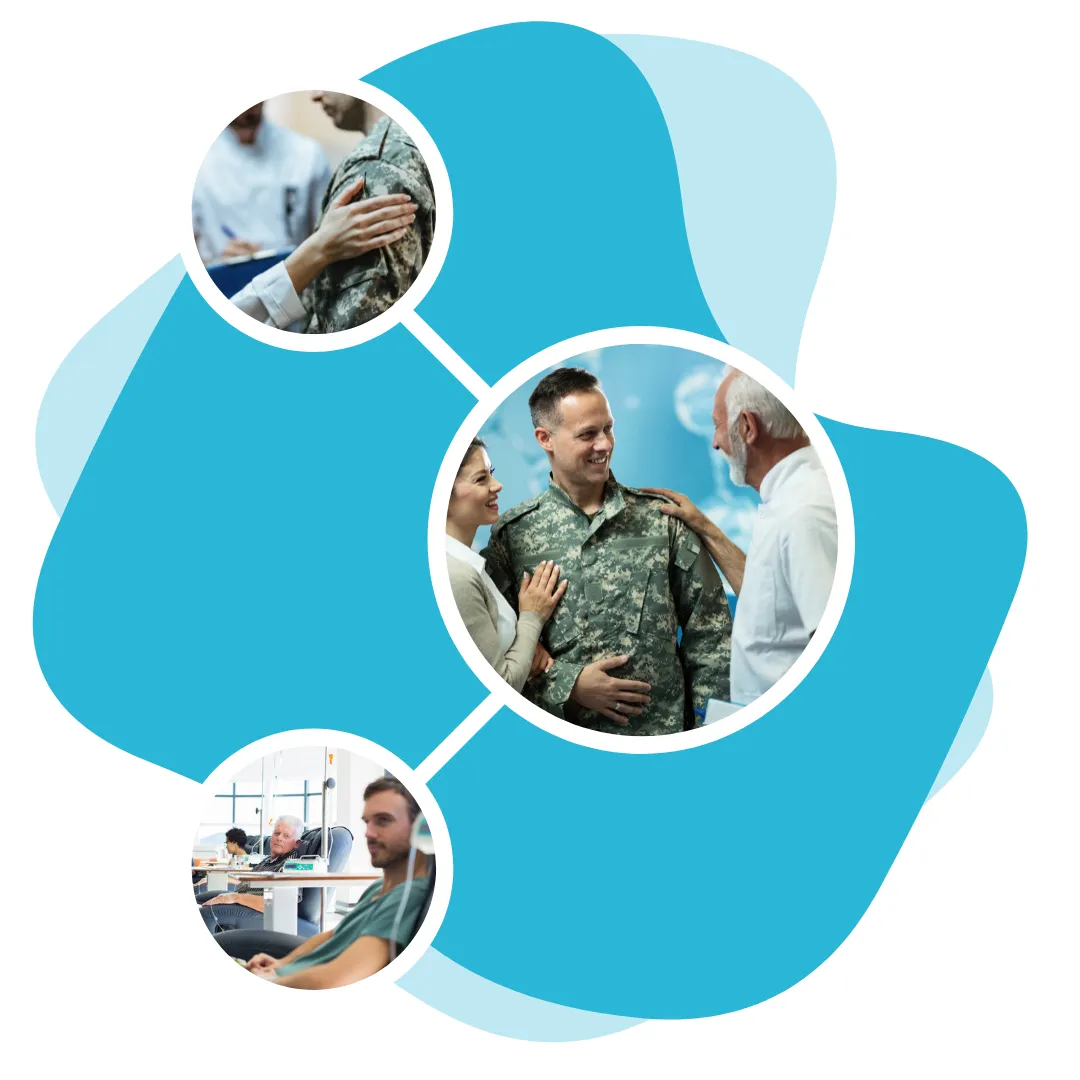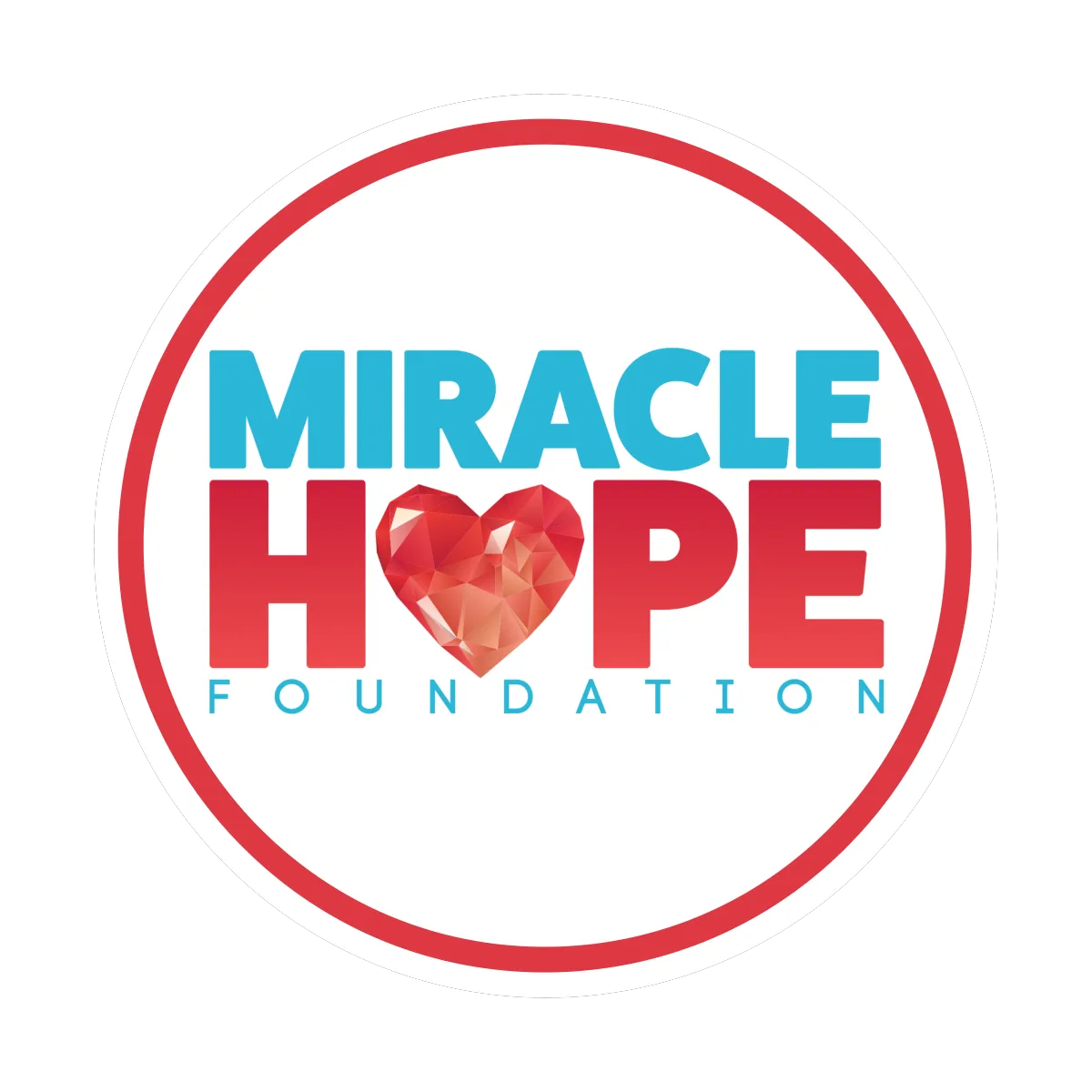Regenerative Resources



Chronic pain or medical condition?
Expanded hypoxic mesenchymal stem cells (Hypo-MSCs) are cultivated to survive longer for maximum uptake and benefit for the patient. This will especially help those that underwent excessive repetitive physical stress under extreme conditions. Not just stem cells for anti-aging or orthopedics, but also use cellular therapies for treating cancer, chronic pain and autoimmune diseases.
Need Cartilage Repair?
ChondRx is made of chondrocytes; a type of cell that is essential to joint repair. Chondrocytes are the only cells found in healthy cartilage. They produce and maintain the cartilaginous matrix, which consists mainly of collagen and proteoglycans. This therapy, if applied directly to the target area, and used in combination with hypoxic mesenchymal stem cells and 3D cellular matrix scaffold is a powerful mix to repair and regenerate a patient’s tissue.
Cutting-Edge Research to Transform Healthcare
We're transforming healthcare through cutting-edge research, exploring untapped areas for effective pain relief, cancer prevention, and brain tissue recovery in TBI injuries. Our innovative trials and studies aim to develop groundbreaking treatments and strategies. Join us in pioneering a future where healthcare solutions are more effective and accessible
Regenerative Treatments
By providing insights into research, cancer treatments, and healing resources from our trusted partners, our educational initiatives aim to empower individuals with the latest knowledge and tools for effective health management. Join us in fostering a well-informed community equipped with cutting-edge healthcare solutions

What Are Stem Cells?
Stem cells are often referred to as the body’s “building blocks,” and for a good reason. These extraordinary cells have the potential to develop into many different cell types in the body, serving as a kind of internal repair system. They can divide and renew themselves for long periods and are integral to the body's ability to heal and grow. But what exactly are stem cells, and why are they so important?
The Basics of Stem Cells
Stem cells are unique in their ability to develop into various types of cells in the body. Unlike regular cells, which have a specific role—like heart cells or brain cells—stem cells have the potential to turn into any type of cell. This makes them incredibly versatile and vital for both development and healing.
Stem cells are classified into several types, including:
Embryonic Stem Cells: These stem cells come from embryos that are three to five days old. At this stage, an embryo is called a blastocyst and consists of about 150 cells. Embryonic stem cells are pluripotent, meaning they can divide into more stem cells or become any type of cell in the body. Because of their versatility, they hold significant promise for regenerative medicine and the treatment of various diseases.
Adult Stem Cells: These stem cells are found in small numbers in most adult tissues, such as bone marrow or fat. Unlike embryonic stem cells, adult stem cells are limited in their ability to differentiate. They are typically multipotent, which means they can develop into a limited range of cell types related to their tissue of origin. For example, hematopoietic stem cells found in bone marrow can turn into red blood cells, white blood cells, or platelets.
Umbilical Cord Stem Cells: One of the most promising sources of stem cells comes from the umbilical cord blood of newborns. These cells are a type of adult stem cell, known as hematopoietic stem cells, which are similar to those found in bone marrow. However, the umbilical cord also contains another type of stem cell known as mesenchymal stem cells, which can develop into bone, cartilage, and other types of tissue.
Hematopoietic Stem Cells (HSCs): These stem cells can develop into all types of blood cells, including red blood cells, white blood cells, and platelets. Umbilical cord blood is particularly rich in HSCs, making it a valuable source for blood-related treatments, such as bone marrow transplants for leukemia and other blood disorders.
Mesenchymal Stem Cells (MSCs): Found in the Wharton's jelly (a gelatinous substance within the umbilical cord), these stem cells can differentiate into various cell types, including bone, cartilage, and fat cells. They hold great potential for regenerative medicine, particularly in treating conditions like osteoarthritis and cartilage injuries.

The Importance of Umbilical Cord Stem Cells
Stem cells from the umbilical cord are a focus of increasing medical interest because they are easy to collect, pose no risk to the donor, and are less likely to be rejected when transplanted. These cells have the potential to:
Treat blood-related conditions: Since umbilical cord blood is rich in hematopoietic stem cells, it can be used in bone marrow transplants to treat diseases such as leukemia, lymphoma, and other blood disorders.
Support regenerative medicine: Mesenchymal stem cells from the umbilical cord are being researched for their ability to repair damaged tissues, potentially offering new treatments for injuries, arthritis, and more.
Reduce risk of rejection: Stem cells from the umbilical cord are less likely to cause graft-versus-host disease, a common complication in transplants where the immune cells from the donor attack the recipient's tissues.
The Process of Collecting and Storing Umbilical Cord Stem Cells
Collecting stem cells from the umbilical cord is a straightforward and non-invasive process. After a baby is born and the umbilical cord is cut, the blood remaining in the cord is collected. This blood is then processed, and the stem cells are stored in a cord blood bank, either for public use or for the family’s private use.
Public cord blood banks store donated cord blood for anyone who might need it, while private cord blood banks store it exclusively for the family’s potential future use. The decision to bank umbilical cord blood is becoming more popular as the potential uses for these stem cells in medicine continue to expand.
Ethical Considerations
Umbilical cord stem cells avoid many of the ethical issues associated with embryonic stem cells, as they do not involve the destruction of an embryo. Because the collection process is harmless to both mother and baby, it is widely accepted as an ethical and beneficial practice.
The Future of Umbilical Cord Stem Cells
Research into the uses of umbilical cord stem cells is ongoing, and scientists are optimistic about their potential. As we learn more about how to harness the power of these cells, they could become a cornerstone of regenerative medicine, offering new treatments for a wide range of conditions.
Sources:
National Institutes of Health. (2022). Stem Cell Basics. Retrieved from NIH
Mayo Clinic. (2023). Stem cells: What they are and what they do. Retrieved from Mayo Clinic
Harvard Stem Cell Institute. (2023). What Are Stem Cells? Retrieved from Harvard Stem Cell Institute
American Red Cross. (2023). Umbilical Cord Blood: What It Is, How It's Used, and Why It Matters. Retrieved from American Red Cross
Frequently Asked Questions
Are your stem cells safe to use? Where do the stem cells come from?
Our partner hospital where are patients get treatment, TAM Center, does not outsource their cell manufacturing. The stem cells are isolated from umbilical cord, which is a rich source of many different cell types, including a stem cell population that CPI has isolated. The cells are manufactured in a controlled environment that is optimized for generating a final product with high anti- inflammatory properties.
Where will we get access to these treatments?
The treatments available will be in-person at TAM Center in Tijuana, MX. Our partner organization, CPI Stem Cells, sets you up with the logistics of your treatment and options for accommodations. We solely work to connect you with them and provide scholarships and education.
We also have proud partners we have partnered alongside with to provide supplements and other services to support your health. These supplements and supplemental devices can be delivered to your door. Check out our hope partners and products at https://miraclehopefoundation.org/partners.

Physical and Functional Impairment
Chronic pain often limits veterans' ability to perform daily activities, including self-care, work, and recreational activities. This decreased functionality can lead to a sedentary lifestyle, exacerbating other health issues.

Impact on Mental Health & Wellbeing
There is a strong correlation between chronic pain and mental health among veterans. The constant pain can exacerbate these mental health issues, creating a vicious cycle of pain and psychological distress.


Economic and Occupational Impact
The economic burden of chronic pain on veterans is substantial. It often leads to increased healthcare costs due to frequent medical visits, treatments, and medications. Additionally, chronic pain can impact veterans' ability to work and lost productivity, leading to reduced income, unemployment, or the need for disability benefits. This financial strain can further compound the challenges faced by veterans, affecting their overall well-being and stability.
Healing is our SUPERPOWER
+1 615-703-1455
© 2025 Miracle Hope Foundation - All Rights Reserved.
